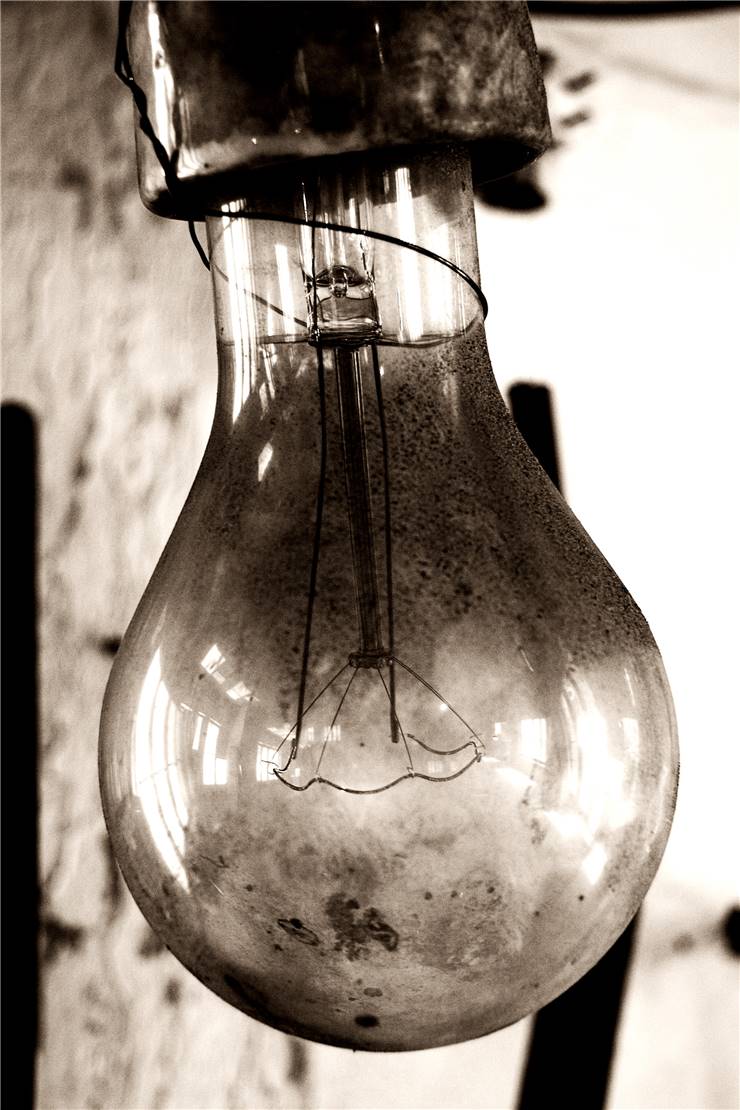History of Electric Lamps and Lighting
History of electric lamps begins at about the same time when we used gas and kerosene to light houses and streets. It started humbly but it changed humanity from the foundations, from how we light things to much complex inventions.
First experiments in electrical illumination were made by Sir Humphry Davy, chemist and inventor, in the 19th century. He took a filament, made from platinum strip, and connected it to a battery, th biggest one in the world at the time and in 1802 made first prototype of an incandescent lamp. Electric current ran through platinum filament, heated it and filament started emitting light. Platinum was used as a material because of its high melting point. Lamp didn’t lasted long because heat burned the filament very quickly, but it was a starting point on which 20 and something inventors relied their ideas until we got first electric lamp that could be used for a longer time and with adequate strength of light. Prototype of a first electric arc lamp was made in 1809, again by Sir Humphry Davy and became basis for another type of electric lamp. In the years to come, many inventors experimented on the design of electric light. They changed materials of filament and tried different atmospheres inside a bulb - from better vacuum to noble gas. Sir Joseph Swann and Thomas Edison independently made first commercially usable electric light in 1870s. Main design idea, that prolonged working of the electric lamp, was using of carbon filament in better vacuum. That kind of electric lamp worked longer, up to 1200 hours, and gave better, stronger light. After that, filament was made from tungsten and used in the atmosphere of noble gas, which lessen evaporation of filament and gave longer lasting and even brighter light. At first, only few used electric lamps because of their high price but in time their use spread and it is estimated that by 1885, in the United States only, some 300.000 electric lamps were sold. Electric light spread across the world and is still here today as necessity. It has wide spectrum of uses in many parts of our lives from home to street lightning.
There are many variations of electric lamps but there are three general types:
- Incandescent lamps. Their main part is filament that conducts electric current that heats filament because of its resistance. Heated filament burns with bright light in an atmosphere of noble gas, enclosed in a glass bulb.

- Carbon arc lamps. These lamps are made like two electrodes that are connected to electric current and have slight distance between them. When the voltage is high enough, dielectric breakdown happens, gas in the bulb between the electrodes ionizes and bright spark appears.
- Gas discharge lamps. Lamps made in a tube shape with electrodes on the both ends and filled with gas that can conduct current when it is ionized, and emit light through its whole volume. Gas discharge lamps in the widest use are fluorescent and neon lamps.

